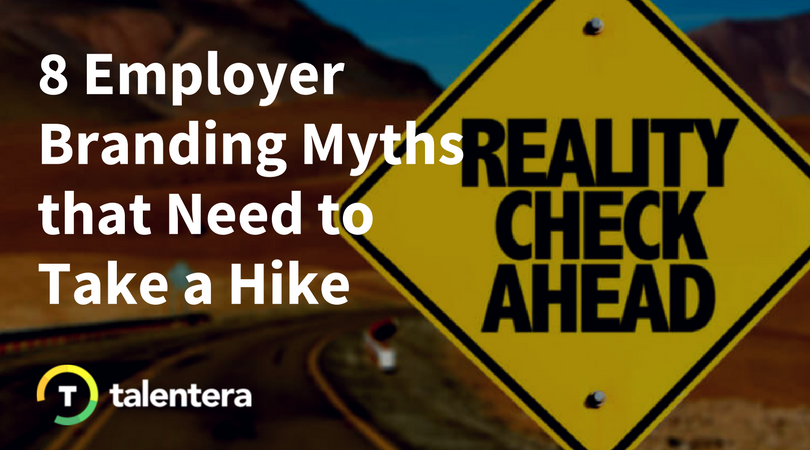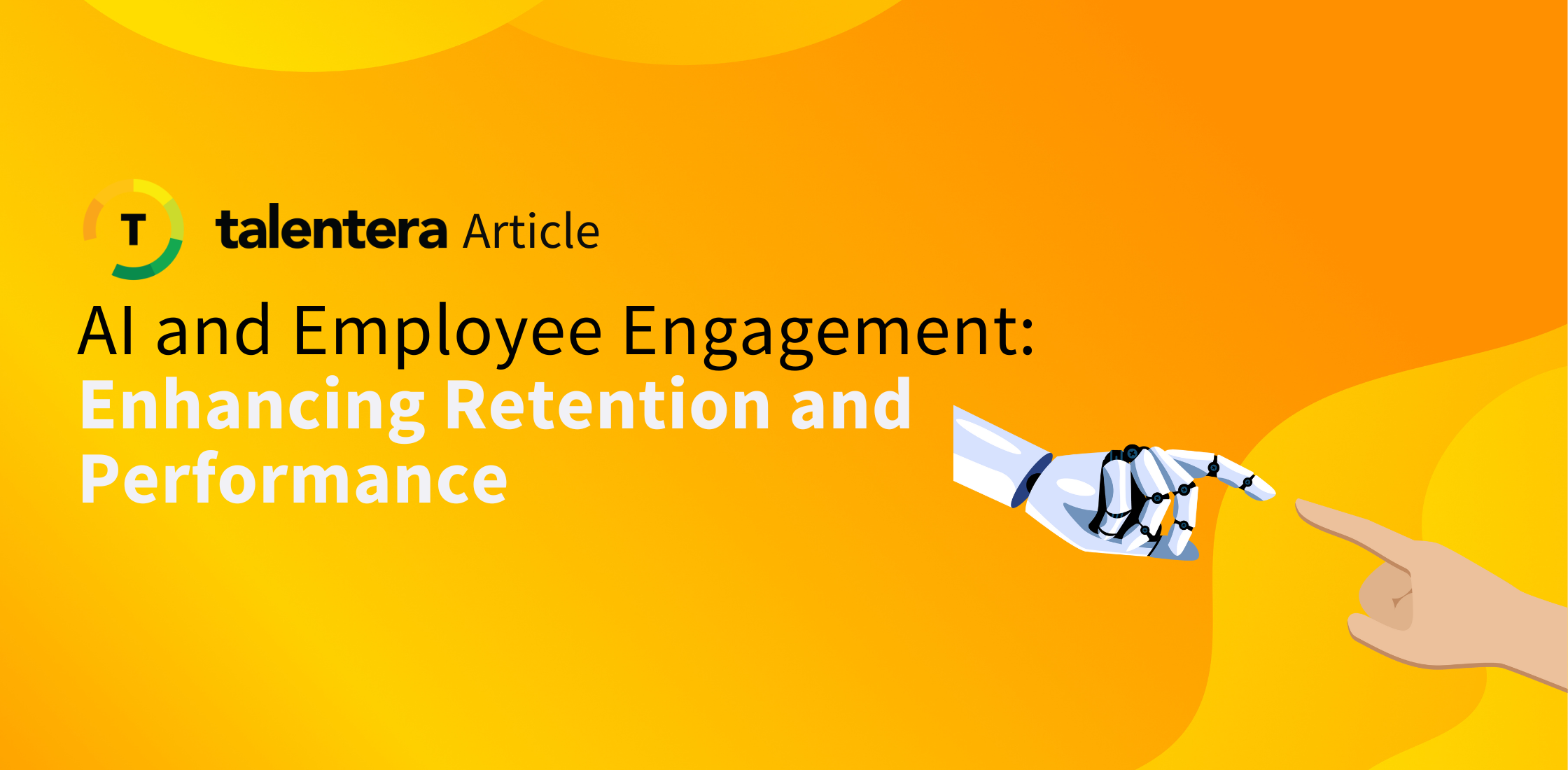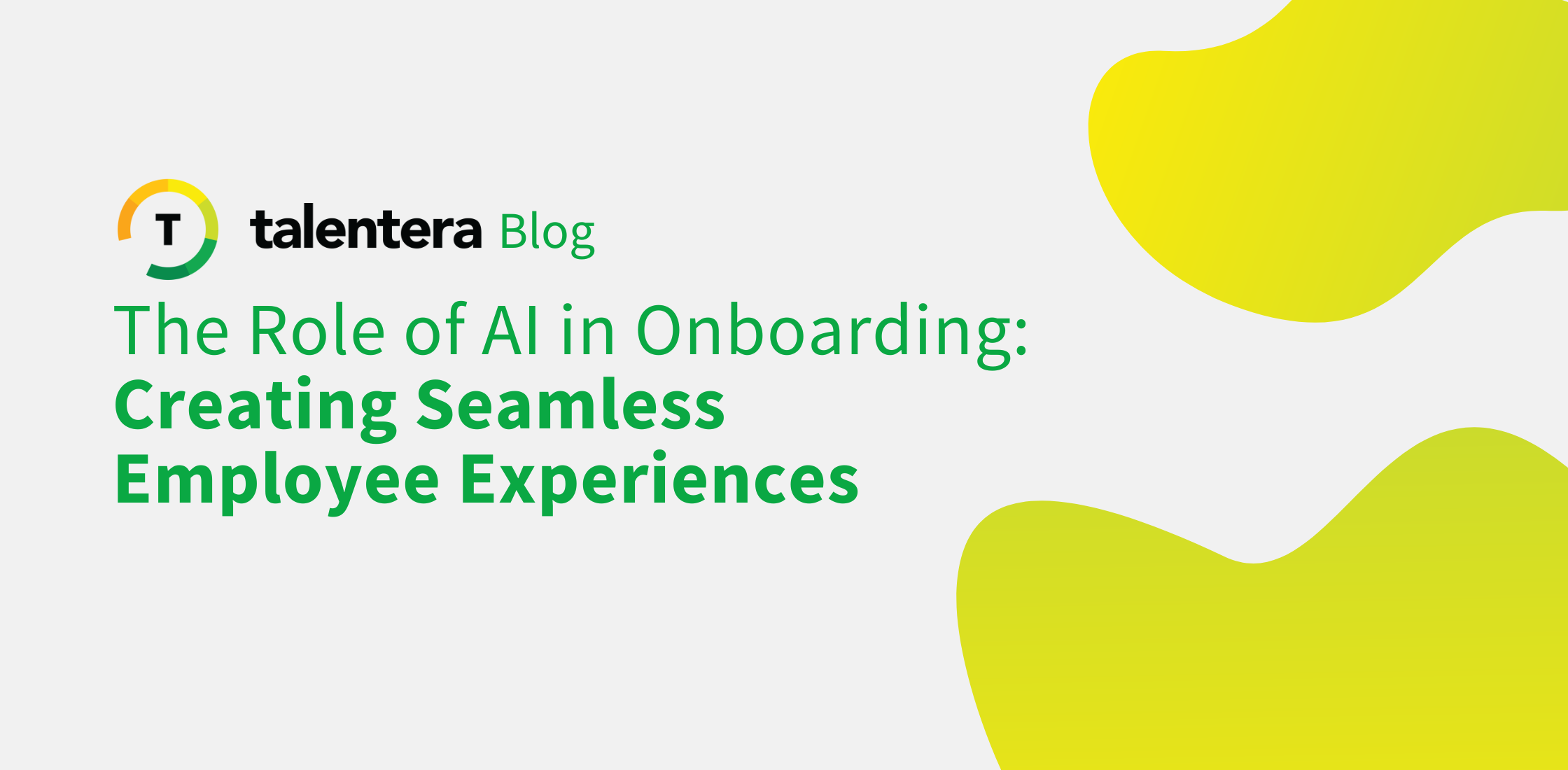
Employer branding sure sounds like a heavy concept but it plainly refers to the process of conveying a company’s reputation and track record as an employer to future employees. What is the Employer Value Proposition (EVP) it offers to its current and future employees? What kind of a work culture does the company have? Is it really a great place to spend 9 and often times more hours of your day in? A company’s employer brand answers these crucial questions for job-seekers. To revert to the basics, read our piece on the Do’s and Don’ts of Employer Branding.
Employer branding is often viewed with skepticism. Some people think it’s flashy jargon invented by marketers to make a quick buck. Others avoid it like the plague as it spells more work with little dividends in the short run. Here’s a rundown of the most common myths associated with employer branding and why you should pay no heed to them:
1. You need to build your employer brand from scratch
Here’s the deal: Your employer brand had been established the day you started hiring, which for most people, dates way before the term ‘Employer Branding’ was even coined. It is not up to you to construct your employer brand since it has already been conveyed through word-of-mouth, the news, and your work staff over time. You can, however, attempt to bolster or change it through social media, employee engagement programs, an interactive careers site or a kickass recruitment strategy.
2. It’s too expensive
This is the most common myth. Although a clear employer branding strategy takes planning and effort, it does not necessarily require a lot of funds. Since you already have an employer brand in place based on your past record, all you need to do is invest in getting more people to talk about it and this can start right at home (read ‘work’).
Your employees can be your strongest ambassadors which is why many companies are turning towards ensuring that their staff is well-versed in the company’s vision, values, and their EVP. This enables them to know exactly what to convey to their personal network when promoting a vacancy. Many companies have started to incentivize their ‘Employee Referral Programs’ so that employees compete to fill vacancies with their most fitting connections.
3. Only enterprises need it
![]() This follows partly from the preceding myth and partly from the idea that employer branding is only useful if you hire in bulk. Consider this: Enterprises already enjoy the benefit of holding allure for job-seekers owing to their corporate and financial success. What happens after you land a job in a big company is a different story altogether but getting in is considered a feat by many. If you’re a smaller company that can’t compete with corporate giants on salary, it is up to you to sell your strong points and what helps you do that? Employer branding.
This follows partly from the preceding myth and partly from the idea that employer branding is only useful if you hire in bulk. Consider this: Enterprises already enjoy the benefit of holding allure for job-seekers owing to their corporate and financial success. What happens after you land a job in a big company is a different story altogether but getting in is considered a feat by many. If you’re a smaller company that can’t compete with corporate giants on salary, it is up to you to sell your strong points and what helps you do that? Employer branding.
You can share employee testimonials, showcase your awesome work culture, your flexible working hours and fantastic benefits. What’s great is that salary is no longer the top-of-list consideration for job-seekers anymore. If you can offer growth and development and convey this well enough, you’re still in the recruitment competition which you would certainly lose out on, if you don’t try.
4. It’s just a fad
Technological developments have brought transparency to so many things. You buy a product that you like or hate and you rush to write a review online. You were  pinged by a recruiter on LinkedIn, you scroll through their profile to assess their credibility. We’re rapidly evolving into a world where two-way access and communication is becoming monumental and recruiting is no different. Candidates will always want to know what it’s like to work for your company and keeping them engaged will always be important.
pinged by a recruiter on LinkedIn, you scroll through their profile to assess their credibility. We’re rapidly evolving into a world where two-way access and communication is becoming monumental and recruiting is no different. Candidates will always want to know what it’s like to work for your company and keeping them engaged will always be important.
With more and more organizations allowing employees to work remotely, global talent acquisition is becoming a norm which further adds to the people you need to compete for. These are paradigm shifts, not fads, and being nimble to the need to adapt can be a make or break decision. Plus, employer branding has been around for over a decade now and that’s a tad too long for a fad, wouldn’t you agree?
5. It’s HR’s isolated project
Working on reputation can never be a one-time thing. It needs perpetual input from an array of sources to stay afloat. Employer branding, as mentioned in this article’s initial lines, is the sum of all your efforts towards nurturing your competent workforce and acquiring fresh talent. It’s not up to HR, Marketing or Communications to promote your employer brand. Since it isn’t owned by a single department and has implications for them all, the responsibility to communicate a company’s employer brand needs to be shared by everyone.
6. It’s either controlled entirely by employers or by employees
 When we talk about shared responsibility, we effectively rule out the possibility of employer branding being controlled by a set group of people. Although employers hold much of the decision-making power in controlling the consumer brand, their efforts don’t weigh as much in lending credibility to their employer brand. People rarely believe in testimonies when they come from people who have vested interests. Therefore, employers can’t contribute much because they end up blowing their own horn, which is quite distasteful. The only way employers can exact influence is when candidates get the chance of interacting with them during interviews, and that’s pretty much it.
When we talk about shared responsibility, we effectively rule out the possibility of employer branding being controlled by a set group of people. Although employers hold much of the decision-making power in controlling the consumer brand, their efforts don’t weigh as much in lending credibility to their employer brand. People rarely believe in testimonies when they come from people who have vested interests. Therefore, employers can’t contribute much because they end up blowing their own horn, which is quite distasteful. The only way employers can exact influence is when candidates get the chance of interacting with them during interviews, and that’s pretty much it.
On the other hand, letting employees participate in your company’s employer branding is a great way to go. But it still should not be your only approach to communicating a powerful message. People use many sources to build an employer’s impression namely the news, their friends, and family, Social Media, review sites like Glassdoor, search engines, and your company’s career site. You will notice that your employees will have limited to no control over most of these mediums, therefore, it’s best to treat employees as a reliable avenue of employer branding and not the sole task bearers of it.
7. Consumer brand and Employer Brand are wildly different concepts

Although it’s correct to differentiate between the two and not simply rely on the former to nurture the latter, it is equally important to understand that the two go hand in hand. Your consumer brand is the first impression you cast on people and people generally want to work for companies that make the products that they love. It’s a fantastic symbiotic relationship. This makes it crucial for you to craft a cohesive employer branding message that gels with your consumer brand as well. If the two convey completely different things, there will be cognitive dissonance for your target audience which will make them skeptical and ultimately keep them from hitting ‘apply’ whenever a vacancy at your company pops up.
8. Employer brand is a concept that can’t be quantified
I might be going out on a limb here but there’s nothing you can’t measure if you know exactly what you want to measure. If your employer branding strategy aimed to increase brand awareness, check your reach on social media using their ‘Insights’ tools. If your goal was to improve talent quality, use your ATS to check how many applicants cleared a certain evaluation and if you wanted favorable employer reviews, track your rating on top review sites.
Bottom line
It’s easy to fall prey to misconceptions when you’re trying something new, especially if it demands a commitment to change in exchange of long-term results. Believing in these all-too-common employer branding myths will either keep you from joining the race or will make you spend your time and energy in the wrong direction. If done right, employer branding can be the most rewarding tool when it comes to spreading brand awareness and capturing the most credentialed talent so take it off the back burner and get going!






